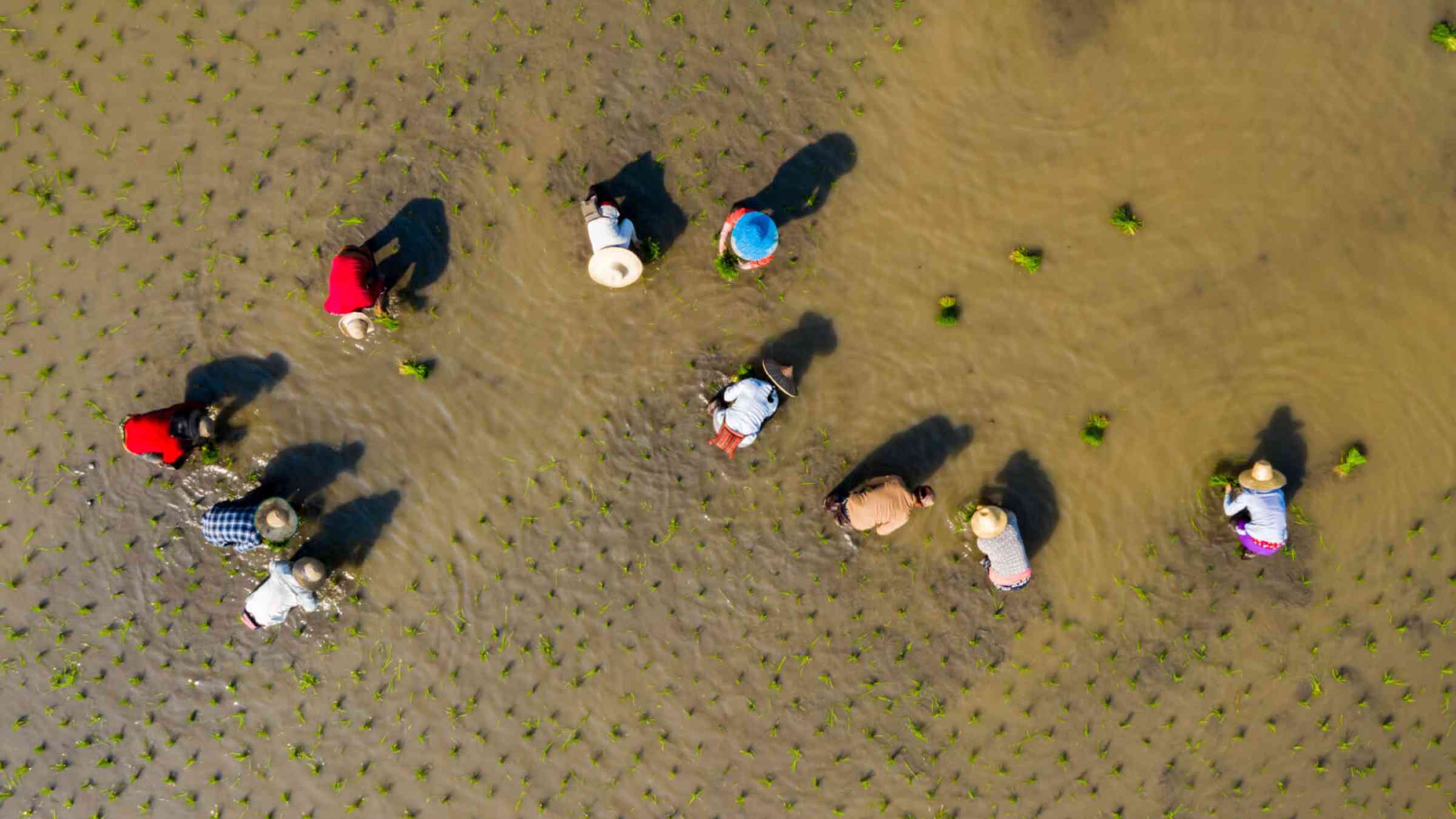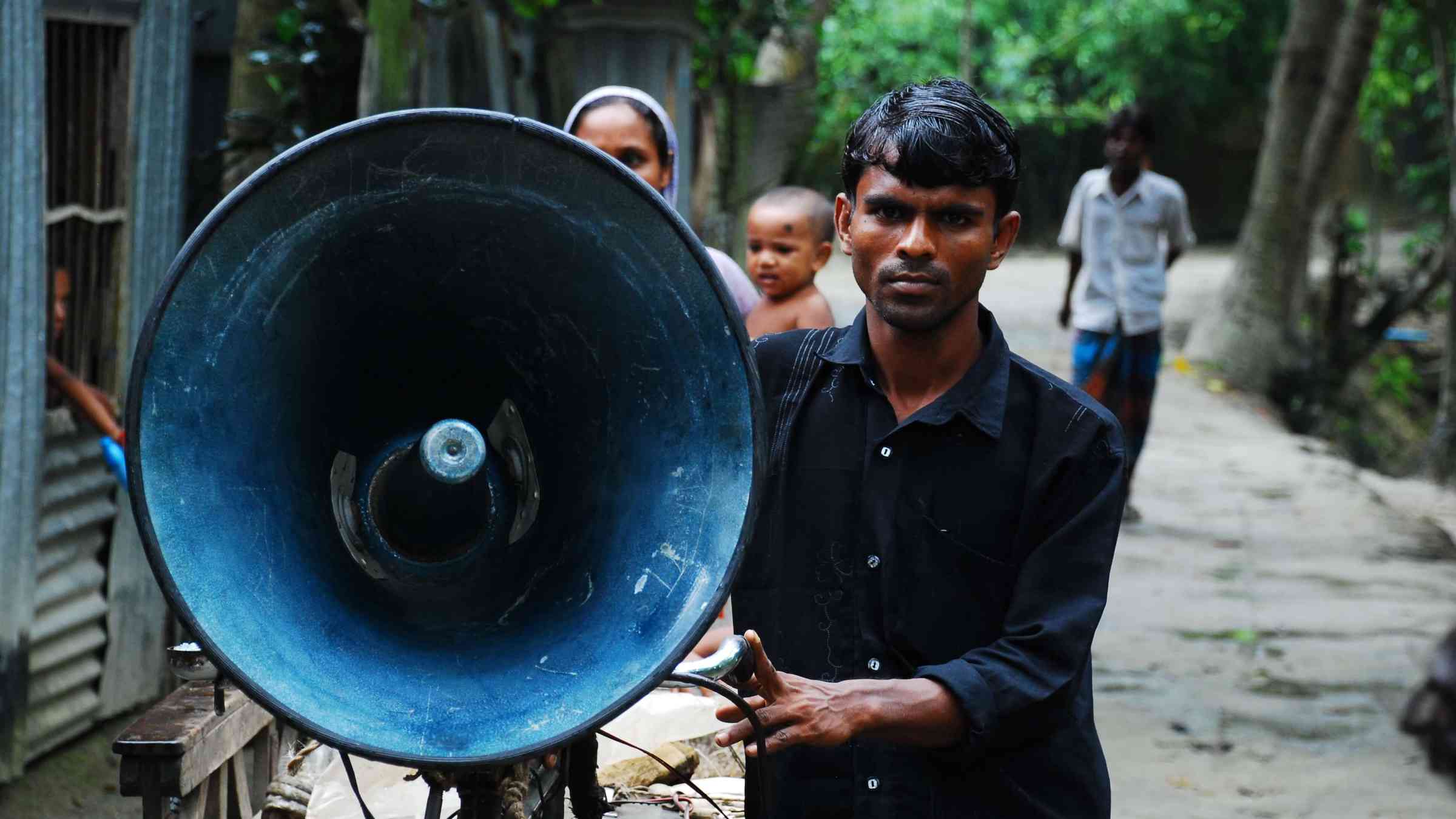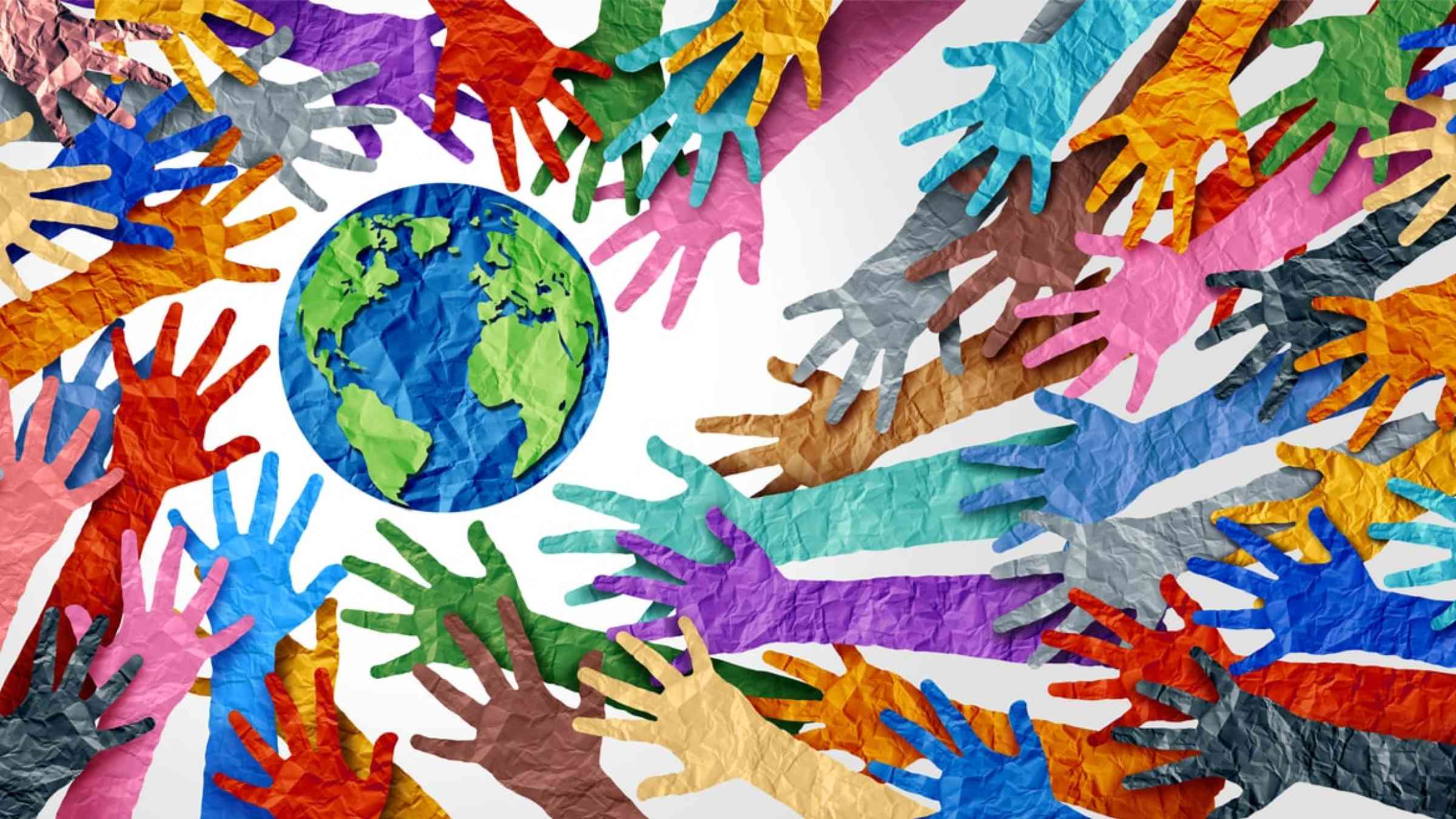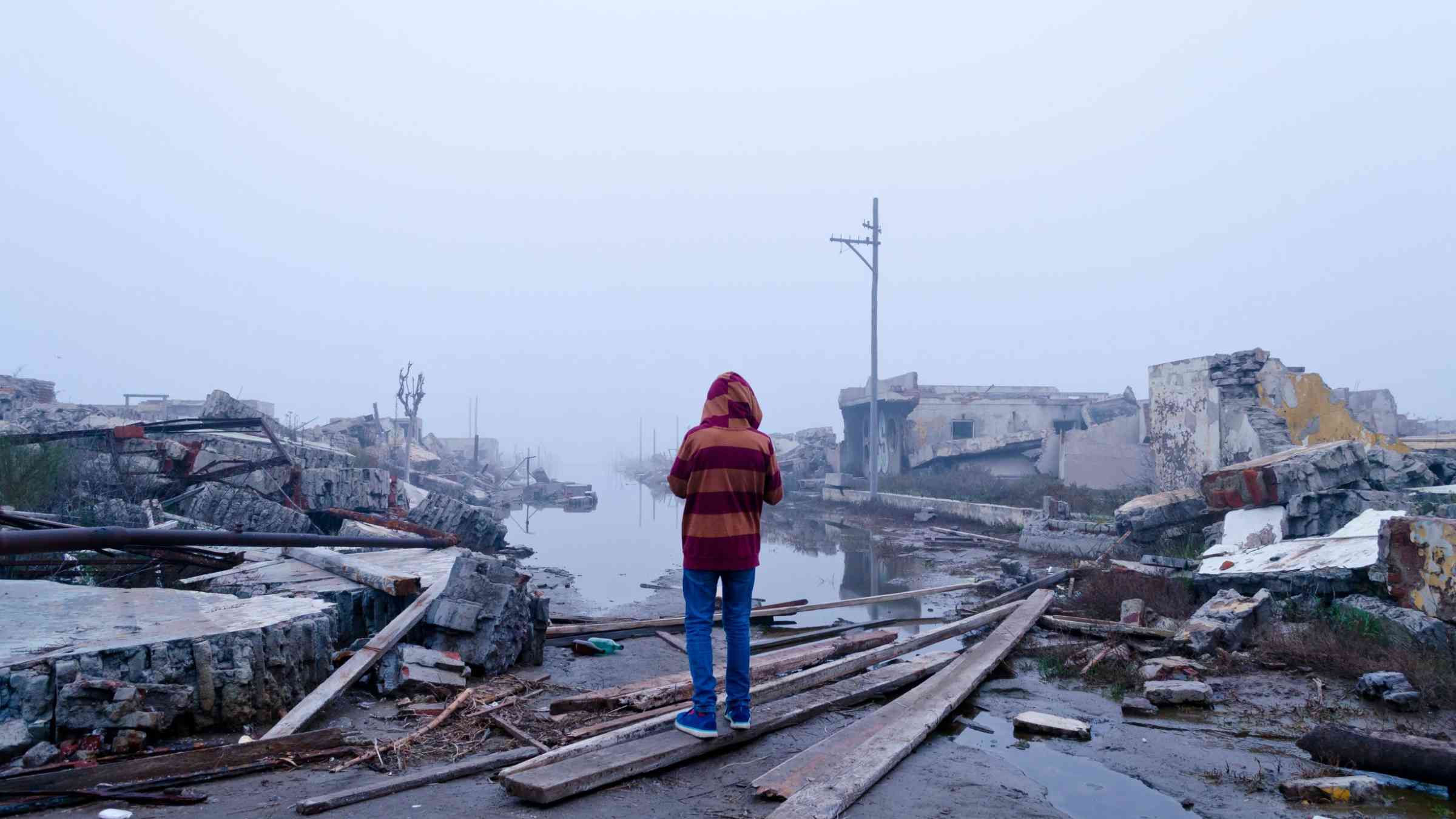Past International Days for Disaster Risk Reduction (IDDRR)
The International Day for Disaster Risk Reduction was started in 1989, after a call by the United Nations General Assembly for a day to promote a global culture of risk-awareness and disaster reduction. The United Nations General Assembly has designated 13 October as the International Day for Disaster Risk Reduction (IDDRR) to promote a global culture of disaster risk reduction.
It is an opportunity to acknowledge the progress being made toward preventing and reducing disaster risk and losses in lives, livelihoods, economies and basic infrastructure in line with the international agreement for reducing global disaster risk and losses, the Sendai Framework for Disaster Risk Reduction 2015-2030, adopted in March 2015.

2023: Fighting inequality for a resilient future
In 2023, the International Day explored the reciprocal relationship between disasters and inequality. Inequality and disaster vulnerability are two sides of the same coin: unequal access to services, such as finance and insurance, leaves the most at risk exposed to the danger of disasters; while disaster impacts exacerbate inequalities and push the most at risk further into poverty.

2022: Target G of the Sendai Framework
In 2022, the International Day focused on Target G of the Sendai Framework: “Substantially increase the availability of and access to multi-hazard early warning systems and disaster risk information and assessments to people by 2030.” The urgency to achieve this target was strengthened in March 2022 by the announcement made by the UN Secretary-General António Guterres that “the United Nations will spearhead new action to ensure every person on Earth is protected by early warning systems within five years.”

2021: International cooperation for developing countries to reduce their disaster risk and disaster losses
The goal of the 2021 International day for disaster risk reduction, #OnlyTogether # DRR Days, was to provide an advocacy platform to highlight best practices and examples of international cooperation that have a positive impact on the lives of people who live in disaster-prone parts of the world i.e. reducing the numbers of people affected by man-made and natural hazards.

2020: Good governance and good planning includes everyone and leads to action on reducing disaster risk.
The 2020 year’s theme was about conveying the message that many disasters can be avoided or prevented if there are disaster risk reduction strategies in place to manage and reduce existing levels of risk and to avoid the creation of new risk. What that amounts to is “good disaster risk governance.”
